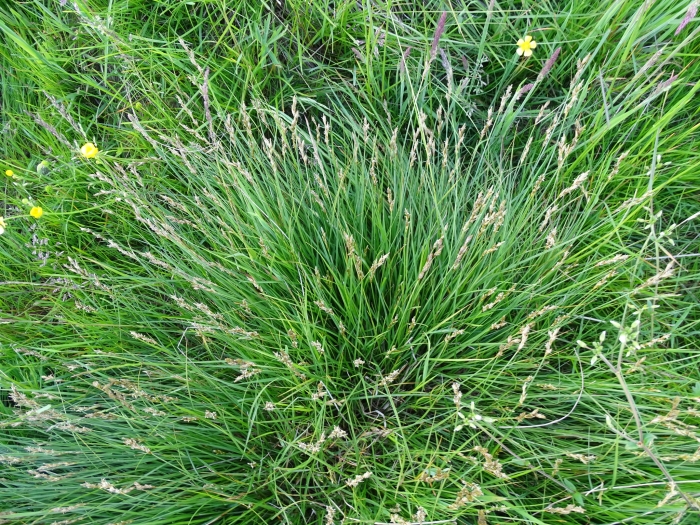Eggbract Sedge
(Carex leporina)
Eggbract Sedge (Carex leporina)
/
/

© Grzegorz Grzejszczak
CC BY-SA 4.0
Image By:
© Grzegorz Grzejszczak
Recorded By:
Copyright:
CC BY-SA 4.0
Copyright Notice:
Photo by: © Grzegorz Grzejszczak | License Type: CC BY-SA 4.0 | License URL: http://creativecommons.org/licenses/by-sa/4.0/ | Uploader: grzegorz_grzejszczak | Publisher: iNaturalist |

























Estimated Native Range
Summary
Carex leporina, commonly known as Oval Sedge in the British Isles and Eggbract Sedge in North America, is a perennial herbaceous plant native to a wide range of habitats including meadows, open woodlands, and wetland margins across Eurasia. It typically grows to a height of 10-60 cm (4-24 inches), with a clumping habit that forms dense tufts. The plant features narrow, grass-like leaves and inconspicuous greenish-brown flowers that appear in late spring to early summer. While the flowers are not showy, they are interesting upon close inspection, with egg-shaped bracts that give the plant its common name.
Oval Sedge is valued for its ability to thrive in a variety of conditions, from moist to wet soils, and for its use in naturalistic plantings, rain gardens, and as a ground cover in wet areas. It prefers full sun to part shade and can tolerate a range of soil types, provided they are not too dry. Gardeners often use it for erosion control due to its dense root system. However, it can be potentially invasive outside its native range, so caution is advised when planting it in areas where it may spread aggressively. It is also susceptible to rust and leaf spot diseases.CC BY-SA 4.0
Oval Sedge is valued for its ability to thrive in a variety of conditions, from moist to wet soils, and for its use in naturalistic plantings, rain gardens, and as a ground cover in wet areas. It prefers full sun to part shade and can tolerate a range of soil types, provided they are not too dry. Gardeners often use it for erosion control due to its dense root system. However, it can be potentially invasive outside its native range, so caution is advised when planting it in areas where it may spread aggressively. It is also susceptible to rust and leaf spot diseases.CC BY-SA 4.0
Plant Description
- Plant Type: Grass
- Height: 1-1 feet
- Width: 1-1.5 feet
- Growth Rate: Moderate
- Flower Color: N/A
- Flowering Season: Spring, Summer
- Leaf Retention: Evergreen
Growth Requirements
- Sun: Full Sun, Part Shade
- Water: Medium
- Drainage: Medium
Common Uses
Border Plant, Erosion Control, Low Maintenance, Street Planting, Water Garden
Natural Habitat
native to a wide range of habitats including meadows, open woodlands, and wetland margins across Eurasia
Other Names
Common Names: Hare’s-foot Sedge
Scientific Names: , Carex leporina, Carex argyroglochin, Carex brizoides, Carex cousturieri, Carex leporina f. argyroglochin, Carex leporina f. longibracteata, Carex leporina f. minor, Carex leporina f. monostachya, Carex leporina f. nana
GBIF Accepted Name: